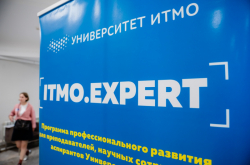The course was organized by ITMO University’s Department of Academic Affairs (DAA) with support from the ITMO-based student volunteer center People Need You.
Throughout the week, the university’s teaching staff attended Zoom lectures, analyzed material on Discord, and worked on home assignments and projects. The course included a briefing session, themed days (blended learning, active learning, evaluation, and feedback), and project defenses.
“This year, our task is to combine your successful experience with on-site teaching with the best practices available in distance learning. It’s important for us that you receive all the support that is necessary and feel comfortable working in any format,” said Aliya Bagautdinova, head of DAA, during the course’s opening event.
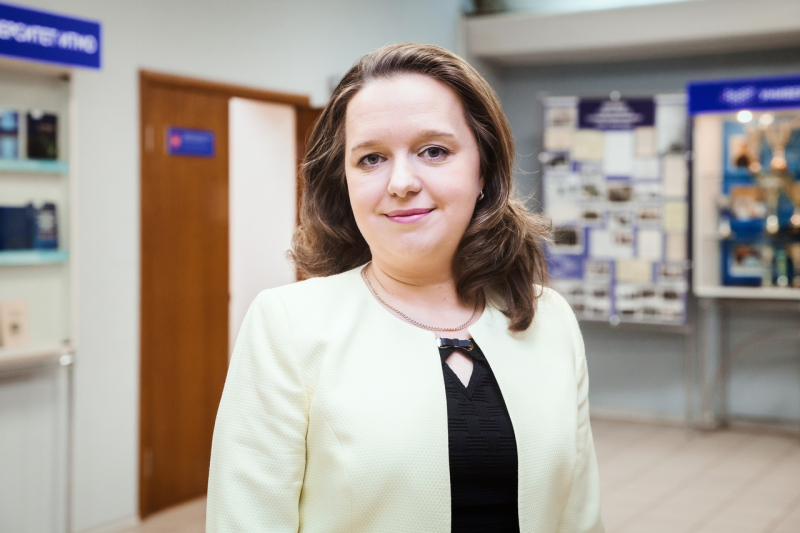
In addition to the course, the participants were able to make use of an interactive textbook developed by the staff of ITMO’s Office of Educational Technologies. They were also required to provide active feedback using reflection sheets and special hashtags (#question, #help, #insight, #lifehack, #emotion) that allowed them to ask questions, request assistance, or share impressions.
Day 1: Briefing session
On the course’s first day, representatives of DAA described to the participants how the educational process in the 2020/2021 academic year will be organized at ITMO in light of the integration of online and offline study formats.
The participants learned about the equipment they’ll be able to use throughout the year to provide studies in the blended format, the latest updates to the grading system, monitoring and examination procedures, academic backlog, practical training and student employment, the online final exam procedure, and the 360 degree-approach to evaluation of course quality.
Answers to the course participants’ questions about on-site and remote learning in the 2020/2021 academic year can be found here (in Russian): part 1, part 2.
Day 2: Blended learning
The second day of the course focused on a systemic approach to blended learning, the digital tools used to set up synchronous and asynchronous interaction with students, and ways to motivate students.
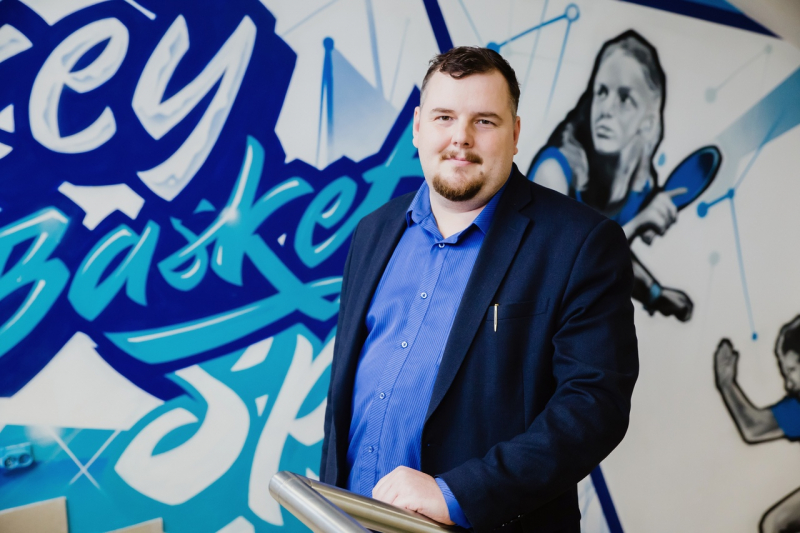
Aleksandr Maiatin, an associate professor at the Information Technologies and Programming Faculty, spoke about the tech solutions used to conduct “blended” lectures and lab classes by the staff of the faculty, as well as how to motivate students to participate in distance learning.
“Distance learning is an instrument that must be seamlessly integrated into the educational process. The content determines the tools, not the other way around. Solutions must be flexible and allow us to change the degree to which distance learning tools are used throughout the semester as well as how many students use them,” he emphasized.
Joseph Taylor, a teacher at the university’s Foreign Language Training Center, suggested to participants that they compile a syllabus – a short guide containing all information that new students might require for the course.
Asel Romanova, a teacher at the Faculty of Software Engineering and Computer Systems, explained what makes up an effective online class: a proper work space, stable communication, video lectures recorded with Camtasia, and the use of interactive elements.
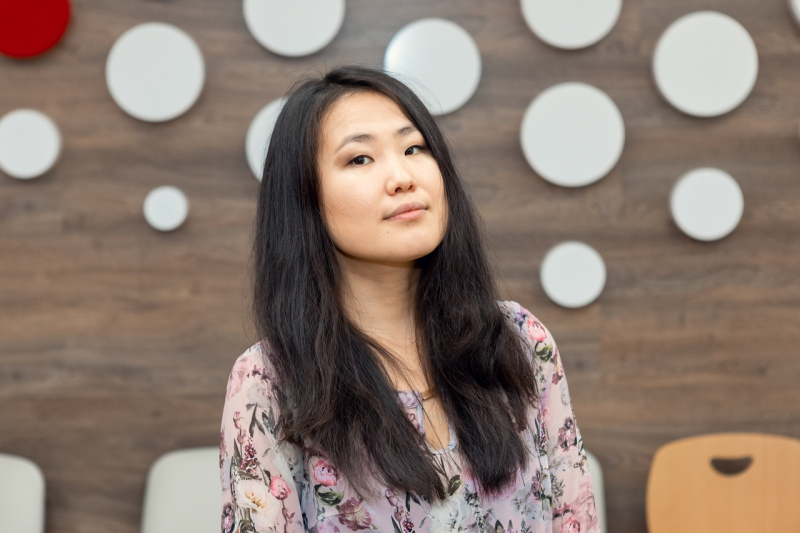
Aleksandra Shparberg, a teacher at the Foreign Language Training Center, listed the techniques necessary to set up synchronous classes. That included ways of prompting feedback, assigning points, and regularly switching between activities. She also demonstrated the digital tools Mentimeter, Padlet, Quizlet, which can be used to fulfill these objectives.
Darya Mezentseva, a staff member of the Office of Educational Technologies, described ways of using educational message boards in blended learning by analyzing them through the perspective of John Keller’s ARCS motivation model.
Read the speakers’ responses to questions asked on day 2 here.
Day 3: Active learning
The third day of the course dealt with the use of activity-based practices in blended learning.

“We remember best that which brings out emotions. And games are a source of emotions. Games help us remain dynamic and motivated; they allow us to imitate the reality in which students will later apply their knowledge,” notes Antonina Fedorova, a teacher of the Soft Skills module.
She spoke about the types and elements of gamification, explained how to create a game, and listed the principles and limits that must be kept in mind when including game techniques into the educational process. She also used the online whiteboard service Miro to showcase several game-based tasks.
Maksim Ivanov, a staff member of the Faculty of Technological Management and Innovations and the founder of teachingame.ru, spoke about game practices and the various interactive techniques used to encourage interaction in groups. He underlined the importance of using digital tools and game practices with modern students, describing them as “digital natives with buttons on their fingers.”
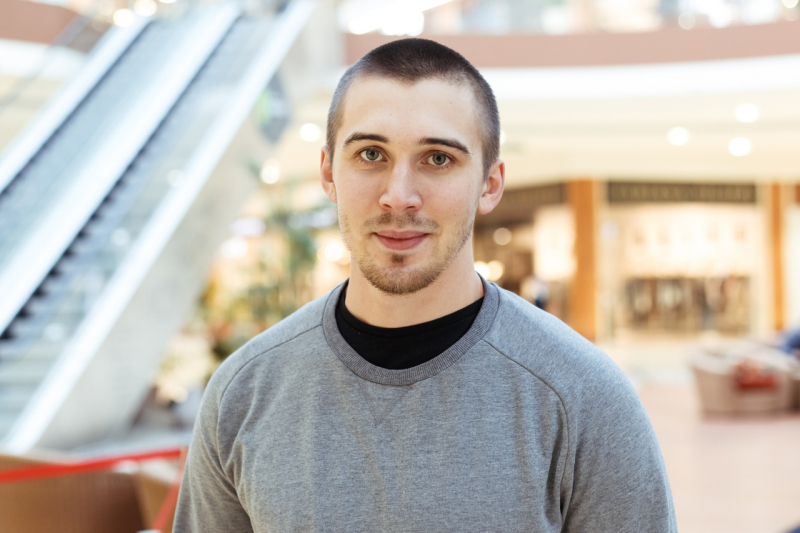
But games are far from the only way to set up active learning.
Anastasia Pavlova, a lecturer at the Faculty of Food Biotechnology and Engineering, conducted an interactive class in the form of an interview during which she pointed out the advantages of using podcasts and shared her uneasy experience of developing and running an online course. Mastering an online course, contrary to popular opinion, requires a great deal of effort from the students as well as the teachers.
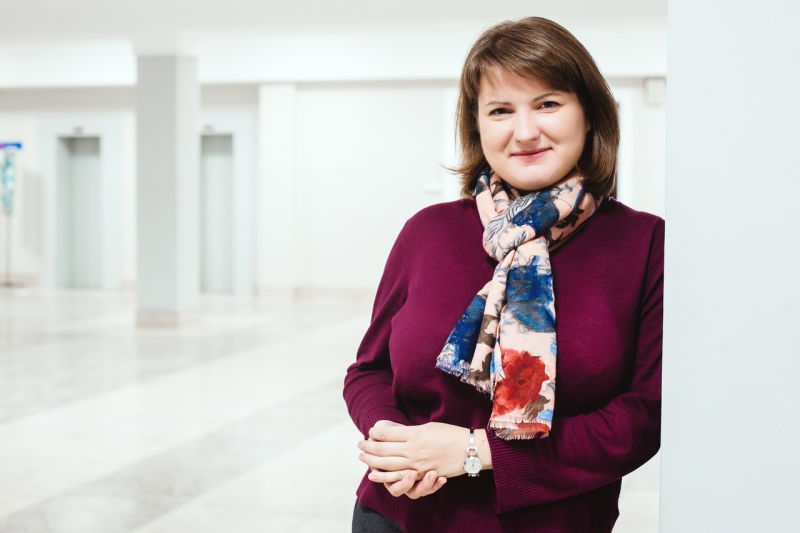
Darya Chirva, head of ITMO’s Digital Thinking module, spoke about debates – a type of collective educational activity that, when masterfully combined with online tools, becomes even more enjoyable.
At the day’s conclusion, Alexandr Kapitonov, dean of the Faculty of Infocommunication Technologies, shared tips on how to make the learning process as practical, effective, and engrossing as it can be by using the flexible project management methodology.
Read the speakers’ responses to questions asked on day 3 here.
Day 4: Project planning and home assignments
The fourth day was entirely dedicated to practical training. Participants who picked the homework track were tasked with developing syllabi, interactive tasks, promo videos for their courses, and feedback forms. Those who picked the project track developed educational products following a five-stage plan: issue analysis, planning, development of tasks, compilation, and distribution of knowledge.
Day 5: assessment and feedback collection tools
The fifth day dealt entirely with the grading system BaRS 2.0, monitoring of students’ individual achievements, development of grading systems, and the use of alternative grading methods.
Vladimir Korolev, deputy head of the Faculty of Secondary Vocational Education, and Ekaterina Dzhavlakh, head of the Office of Educational Technologies, described the key features and functions of the new BaRS grading system. With BaRS 2.0, teaching staff will have access to additional grading table options, such as adding extra points, modifying the number of interim tests and their frequency, and setting the minimum and maximum grades for each interim test.
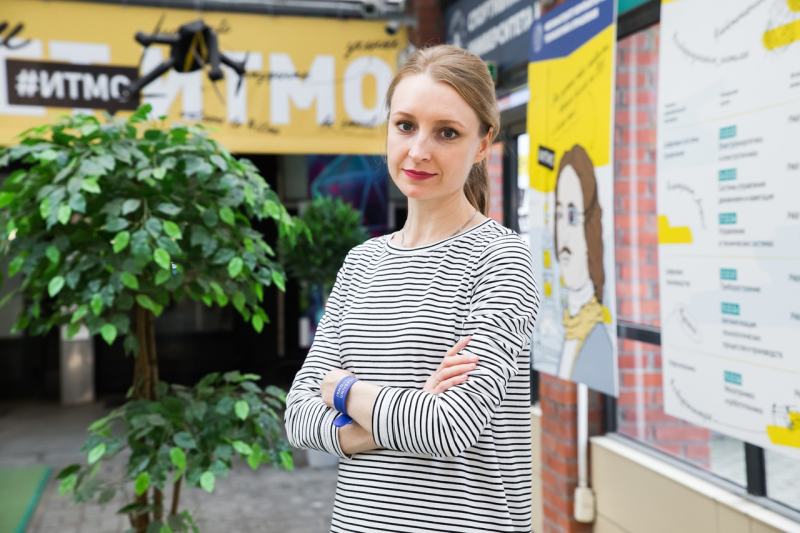
Andrey Stankevich, an associate professor at the Information Technologies and Programming Faculty, shared his vision of a high-quality grading system. He also spoke about the tools used by the faculty to provide graded evaluation of training results, the principles that go into forming a grading system, and the visualization of such systems.
Anton Starovoytov, deputy dean of the Faculty of Photonics and Optical Information, and Daria Denisova, head of the Center for Science Communication, introduced participants to alternative grading and feedback solutions: mutual grading, evaluation of graduates’ competency models, mind mapping, and expert feedback. In his presentation, Anton Starovoytov described in detail how students can provide mutual evaluation when working on reports, as well as how group work can be set up using the features offered by ISU.
Anastasia Prichislenko, head of the Personal Development Center, explained how to ask students for constructive feedback and not be afraid of criticism. She shone light on the psychological mechanisms that causes us to reject criticism, listed the rules of constructive feedback, and highlighted the stages of learning that are most suitable for collecting feedback.
Read the speakers’ responses to questions asked on day 5 here.

Day 6: Project lab
The intensive courses’s final day focused on defenses of the projects developed by its participants. Nine teams presented their projects via Zoom and Discord sessions.
Ilya Livshitz, an associate professor at the Faculty of Secure Information Technologies, spoke at the conclusion of the course. He discussed ways of improving the quality of education in a blended format and presented a guideline on how to adapt disciplines for distance learning, describing the course structure more suitable for distance learning, the challenges that come with it, and the ways in which risks may be controlled and minimized.
Olga Eliseeva, head of the Department of Educational Quality Assurance, thanked the course attendees for their participation and support and noted their active involvement in the event.
Department of Academic Affairs



